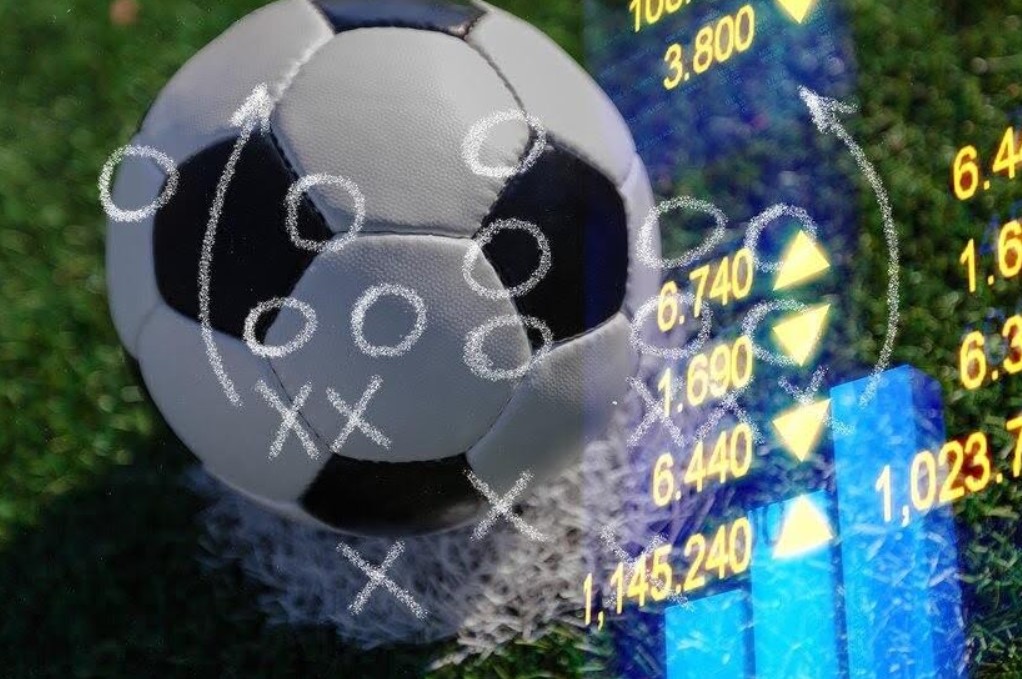Football 2.0: How Youth Academies Are Outshining Transfers
For decades, football clubs across the globe have

For decades, football clubs across the globe have invested astronomical sums in transfer markets, hoping that star signings would unlock silverware and spark new eras of dominance. Yet, in 2025, the pendulum is swinging in a different direction. The age of big-money transfers hasn’t ended, but it is being challenged by a new, sustainable force: elite youth academies.
This shift—often dubbed Football 2.0—is not just a budgetary or developmental pivot. It’s a philosophical rethinking of how the game should be played, built, and sustained. From Barcelona to Brighton, and from Ajax to Athletic Bilbao, youth academies are now not only producing top talent but also outperforming high-profile signings in terms of adaptability, long-term value, and tactical fit.
The End of the Galáctico Era?
Football fans grew up on the mythos of marquee signings. Cristiano Ronaldo to Real Madrid. Neymar to PSG. Jack Grealish to Manchester City. These transfers were seen as moments that would define a season. But 2025 has been a year of reality checks. Several big transfers have struggled to justify their price tags, not because of lack of talent, but because the game has become too dynamic for static stardom.
Modern football demands constant tactical evolution, high pressing, fluid formations, and unwavering fitness. It's not enough for a player to shine—they must fit. And that’s where youth academy graduates have a growing edge. They're developed inside a club’s footballing philosophy, trained to meet its tactical and physical demands from a young age, and often more emotionally invested in their team's success.
Take Bayer Leverkusen’s 2025 Bundesliga triumph, for instance. Rather than outspending Bayern Munich or Borussia Dortmund, Leverkusen invested in a homegrown core that blended perfectly with a high-intensity pressing system. Similarly, Girona’s sensational run in La Liga has been powered not by household names but by young, fearless talents molded in their footballing ecosystem.
Tactical Fit Over Market Value
The football world has become obsessed with data, and for good reason. Modern match analysis dives deep into running stats, pass progression, positional heatmaps, and expected goals. In this realm, the real value lies not in name recognition but in system compatibility.
Clubs like Brighton, Ajax, and RB Salzburg have built reputations for developing talent that slots seamlessly into highly specific tactical systems. These academies prioritize cognitive training—making sure players not only know where to be but also why to be there. The result? Players who can execute their coach’s vision instinctively, rather than relearning every time they switch clubs.
In contrast, major signings often need entire seasons to adapt. Language barriers, cultural shifts, and the pressure to perform from day one can slow down even the best. A youth academy product, however, grows up knowing the manager’s expectations, often shares a cultural identity with the club, and usually commands less media noise, allowing for more patient development.
Financial Sustainability and the New Transfer Ecosystem
Another reason youth academies are thriving is simple economics. Transfer inflation has reached absurd levels—€80 million for promising defenders, €120 million for inconsistent forwards. In contrast, a youth system that produces three or four first-team-ready players every few years creates not just value on the pitch, but also massive potential resale profits.
Clubs like Benfica and Sporting CP have made this a business model. They consistently produce elite talent—João Félix, Enzo Fernández, Nuno Mendes—and sell them for record fees, reinvesting in better facilities, scouting networks, and coaching staff. It’s a cycle of success that doesn’t require breaking the bank.
But perhaps even more compelling is how clubs are leveraging AI to strengthen these academies. Today’s top footballing institutions analyze thousands of youth performances using smart sensors, video breakdowns, and predictive modeling. These tools help identify not just physical outliers, but players with rare spatial awareness, decision-making under pressure, and tactical intelligence.
Mentality Over Marketability
The cliché "mentality monsters" has become more relevant than ever. In a sport increasingly defined by marginal gains, clubs value players who can handle pressure, recover quickly, and adapt without ego. Many of these attributes are best nurtured—not bought.
Young players brought up in a club environment often show higher levels of resilience, especially when trusted early. They know what the badge means, they’ve been told since childhood how the system works, and they grow within an identity.
Jude Bellingham’s rise is a perfect example. Though not a product of Real Madrid’s academy, his early development at Birmingham and later Borussia Dortmund centered around responsibility and leadership. By the time he arrived in Madrid, he wasn’t just another starlet—he was a system player with a captain’s mindset.
NerdyTips Blog: Tracking the AI Behind Football’s Evolution
One of the most exciting aspects of Football 2.0 is how artificial intelligence and data science are redefining both player development and matchday preparation. If you're interested in how AI contributes to the rise of youth academies and reshapes modern football, the nerdytips blog offers in-depth articles that blend sports insight with technological innovation.
From feature stories about tactical trends to analyses of player metrics and training methodologies, the NerdyTips blog bridges the gap between football tradition and digital transformation. It’s a resource that showcases how clubs are using AI not just to win, but to build winning cultures from the ground up.
What the Future Holds
As we look ahead, it’s clear that youth academies are not a trend—they are the foundation of football’s future. While blockbuster transfers will always have their place in the sport’s narrative, clubs are waking up to the fact that sustainable success comes from within.
Academy graduates are more than just players—they are cultural extensions of the club. They play for something more than money or fame. In a football landscape increasingly shaped by fine margins and high-speed decision-making, these qualities are proving to be more valuable than ever.
Football 2.0 is here. It’s smarter, faster, and more local than ever before. And the teams that recognize the power of nurturing talent from within will be the ones lifting trophies—not just today, but for years to come.







